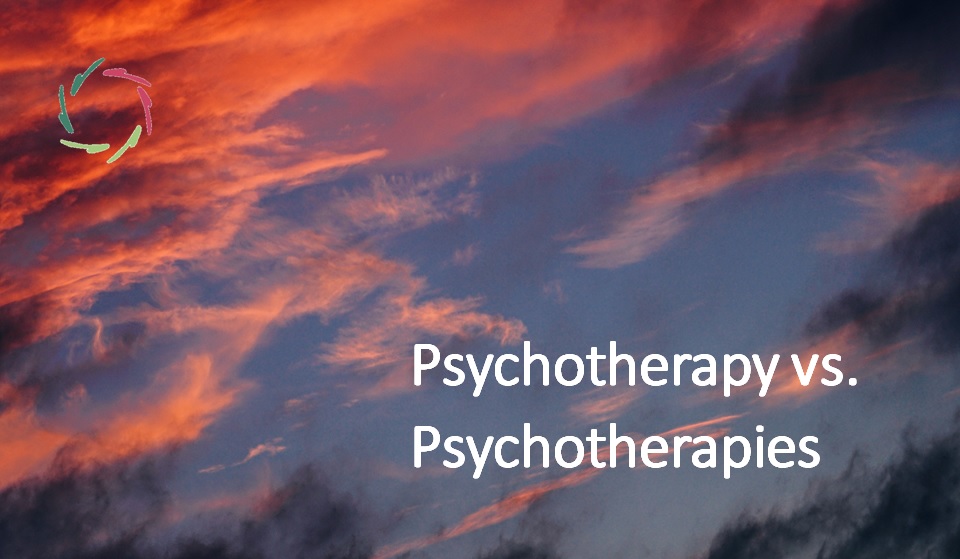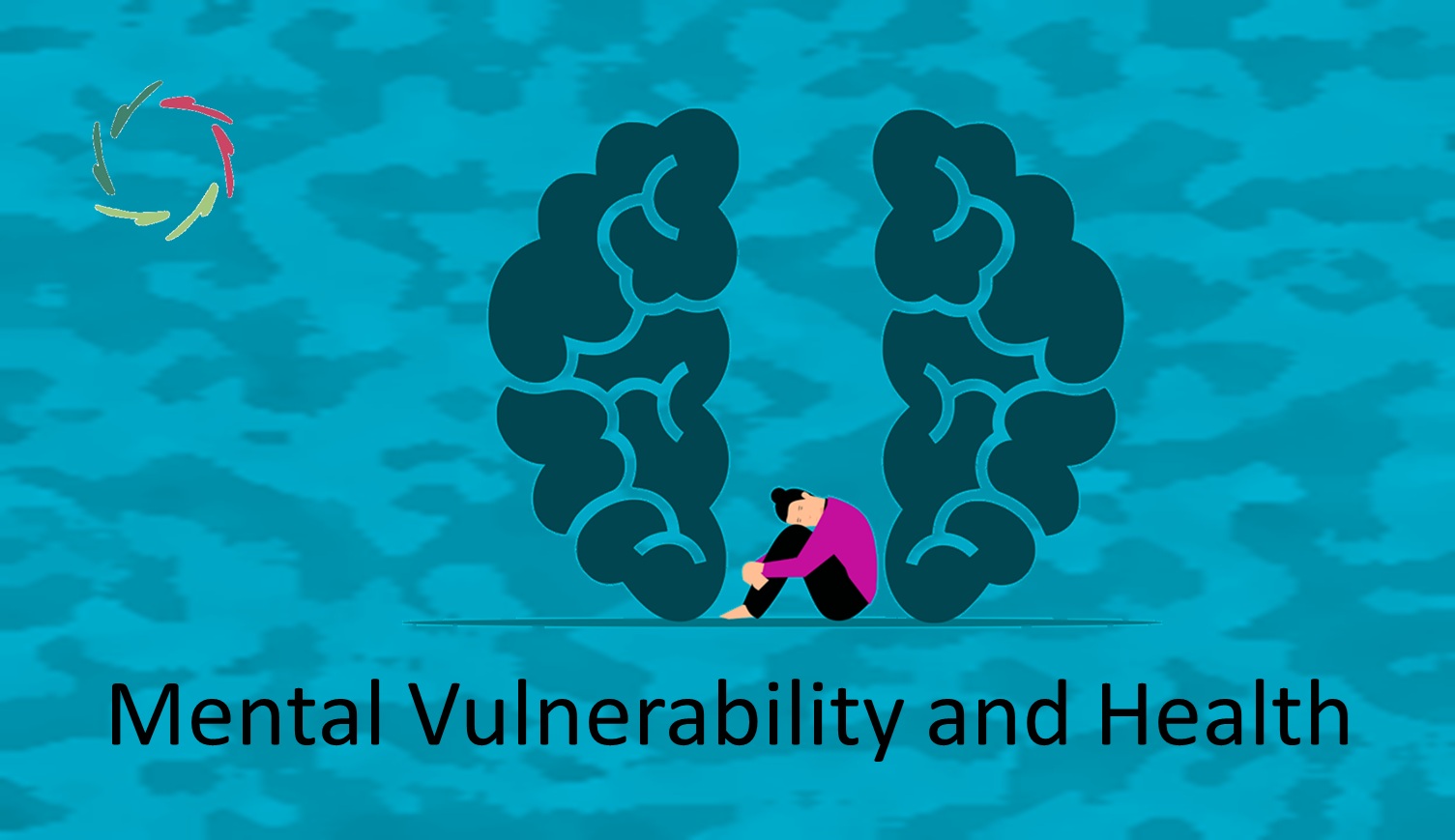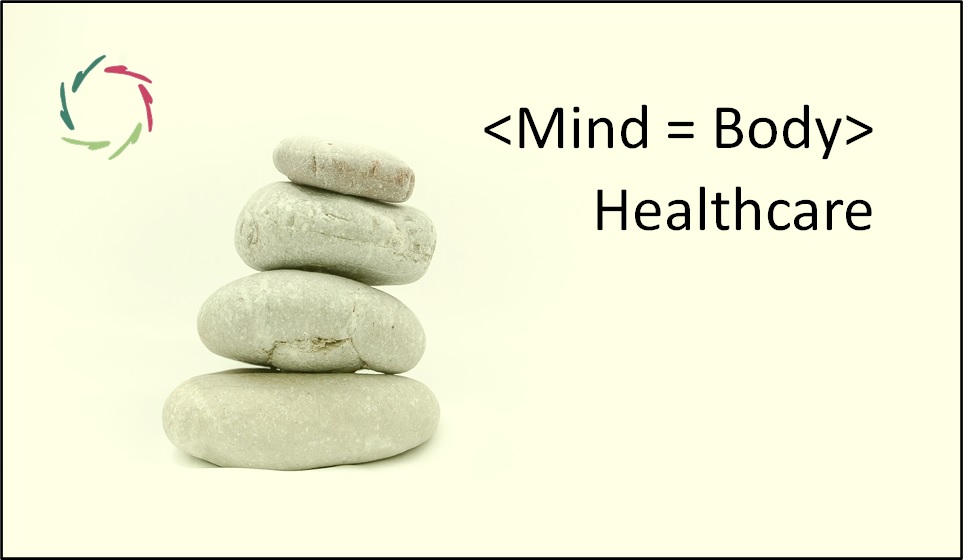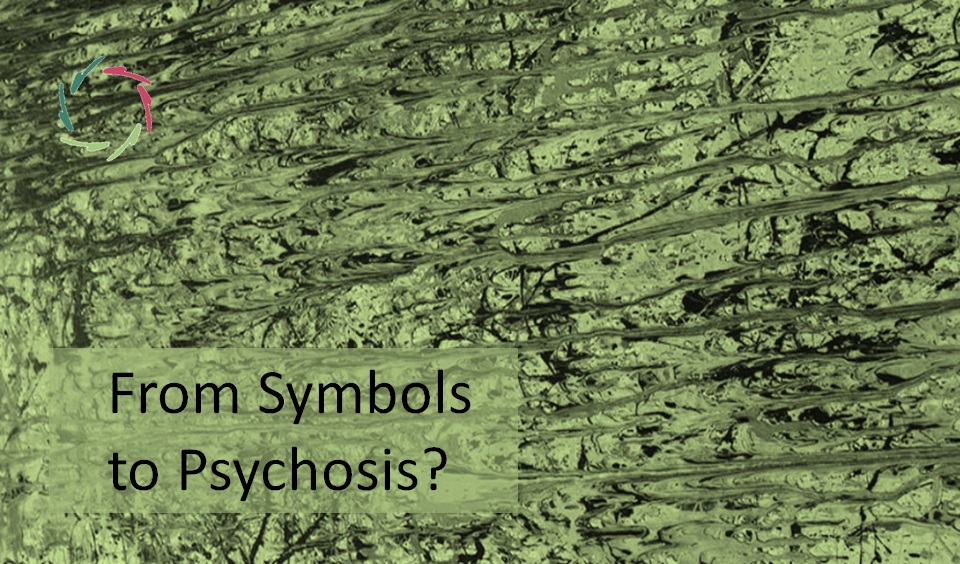Psychotherapy vs. Psychotherapies

Psychotherapy definitely works! Or is it the psychotherapist? Or the client? Then what about any theoretical model of psychotherapy?
Still, psychotherapy definitely works.
A good book, probably the best in this matter, is ‘The Great Psychotherapy Debate: The Evidence for What Makes Psychotherapy Work (Counseling and Psychotherapy)’ by Bruce E. Wampold and Zac E. Imel (Routledge, 2015).
The authors distinguish the medical model vs. the contextual model of psychotherapy. The former is about the theoretical models of psychotherapy (technique-oriented). Tthe latter is about ‘common factors’ (human-oriented). The contention of the book is that the common factors (empathy, placebo) are the essential elements of effectiveness, not the theoretical model of any individual psychotherapy.
You can find a great introductory lecture by B.Wampold at YouTube.
A related great lecture is by Stephen Bacon, also at YouTube. Highly recommended!
Another take can be found in this lecture at Youtube by Scott Miller, who somewhat weirdly concludes that people can unproblematically be referred to primitive magicians rather than Western psychotherapists. That is not my conclusion, but the premises are the same: Present-day, conceptual, Western, client-oriented methodologies don’t add to the effectiveness of psychotherapy.
Definition of psychotherapy
To Wampold&Imel, a psychotherapy is “a primarily interpersonal treatment that is based on psychological principles; involves a trained therapist and a client who is seeking help…; is intended by the therapist to be remedial for the client disorder…; and is adapted or individualized for the particular client and his or her disorder.”
Making it easy to myself, here are some more quotes (all from the above book that you should read!):
- [For all psychotherapies, the] “aggregate effect size (of psychotherapy) was .85… An effect size of .85 is a large effect in the social sciences and means that the average client receiving therapy would be better off than 80 percent of untreated clients”
- “The evidence for the Contextual Model is an order of magnitude stronger than it was in 2001.”
- “Arguably, psychotherapy avoided being relegated to the periphery of the health delivery systems, in the United States and many other countries, to a large extent because of the evidence collected that demonstrated that the treatments were effective for particular disorders.”
- “Rosenzweig [in 1936] used the metaphor “At last the Dodo bird said, ‘Everybody has won and all must have prizes’” to refer to the competition among the various psychotherapies. The general equivalence of the benefits of psychotherapy has been called the Dodo bird effect.”
- “In the 1970s and 1980s, the evidence from initial meta-analyses were consistent with Rosenzweig’s conjecture. In the next 30 years, exemplary studies and methodologically sound meta-analyses unfailingly produced evidence that demonstrated that there were small, if not zero, differences among treatments…. The Dodo bird conjecture has survived many tests and must be considered “true” until such time as sufficient evidence for its rejection is produced.”
- “As reviewed in this chapter, there is no compelling evidence that the specific ingredients of any particular psychotherapy or specific ingredients in general are critical to producing the benefits of psychotherapy.“
- “For sure, CBT works. However, strong claims regarding the relative superiority of CBT over alternative psychotherapies are based on very limited number of clinical trials. “
- “With the number of psychotherapy trials and meta-analyses published each year increasing exponentially (see Chapter 4), there is some piece of evidence that one can find to support most any point of view. Consequently, and somewhat tragically, we are having some of the same debates today about psychotherapy that we have had in the past.”
- “Interestingly, therapists who report having professional self-doubt have better outcomes, which suggests that a reflective attitude toward one’s practice is helpful.”
- “Empathy, a critical variable in the social connection between humans, is more highly correlated with outcome than any other variable studied in psychotherapy.”
If all theoretical models are equally effective, do we need to choose one?
Or should we choose several and use them according to what fits the client most?
This treats the individual theoretical models in the same way as different kinds of placebo. It is not the model that is effective, but the application/administration of the model. There’s a huge difference. The Wampold&Imel argument includes that without any model, there is no administration-of-model; therefore, you need one or more of them.
I agree. And I don’t agree.
I don’t because I see the same ‘side effects’ as in any placebo case. [see RG: Placebos have many ‘side-effects’] There is a ‘fake’ involved, which is not congruent with any of the five Aurelian values.
Then again, I do agree, in the following way:
The chosen theoretical model should be empathy itself
or better said: Compassion, basically, of which empathy is a part. Doing so, we are entirely AURELIS-congruent. So the question becomes: Can we use empathy/Compassion as a theoretical framework? In my view, we definitely can. We can look at Wampold&Imel’s arguments for taking on a model:
- heightening the expectations (hope, optimism) of the client
- providing a clear rationale, which serves as a motivation for the client to engage and be motivated to continue
- being the basis for the client’s health-promoting actions, leading to experiences of success
With empathy-as-model, neither of these comes easily. One can – and should – specifically work on them. In my view, while doing so, one can heighten the empathy factor. Even more, this work itself is in all openness an excellent instrument. Therefore, one should welcome the challenge. It encourages one to delve into what the concept of ‘empathy’ really means. That is so much more than just being a bit friendly. It is at the same time much more complex and much more effective than is generally thought even in professional circles. We might call this ‘empathy+’ or ‘empathy-beyond’ to distinguish it from the term’s low-key use. There is a wealth of cognitive neuroscience at the meaningful level of neuronal patterns showing how change can come about through this.
With empathy-beyond, one can readily satisfy Wampold&Imel’s arguments for taking a model.
Even so, why making it difficult?
Again, look at the ‘side effects of placebo.’ What encourages me most towards making it difficult is that this also makes it more open, thus prone to empathy. Empathy lives in openness.
Any ‘technique’ between therapist and client may jeopardize openness.
Techniques are recipients.
They are not the content of the recipient.
Using any technique as content leads to many mistakes. It’s as if you try to drink the material glass of a glass-of-water. On the other side, if the therapist knows that it’s about the water and still pretends it’s about the glass, he deceives the client ― even when his intentions are good. This is not efficient, not durable, and not scientifically correct.
As to the science of evidence-based therapies,
the obvious point is made by Wampold&Imel. Intriguingly, with A.I.-tools, we will soon be able to generate lots of real-world evidence.
In my view, the medical model of the future will prevail… combining rationality and depth. Taking the latter into account, it will show to be the same as the contextual model. This will not be a failure of the medical model but a triumph. It puts high validity on the correct mechanism of change. Thus, it is eventually allergic to placebo ― including any theoretical psychotherapeutic model that makes the therapy ’work’ through the power of the administration, not the power of itself. Historically, Western medical science has been based on NOT accepting a questionable mechanism of illness remediation. That is the groundwork of the building, and rightly so.
In the end, Only Truth Can Truly Cure.
In a world of Compassion, we will be able to be ourselves. That is interesting enough. I wish we were there already!


